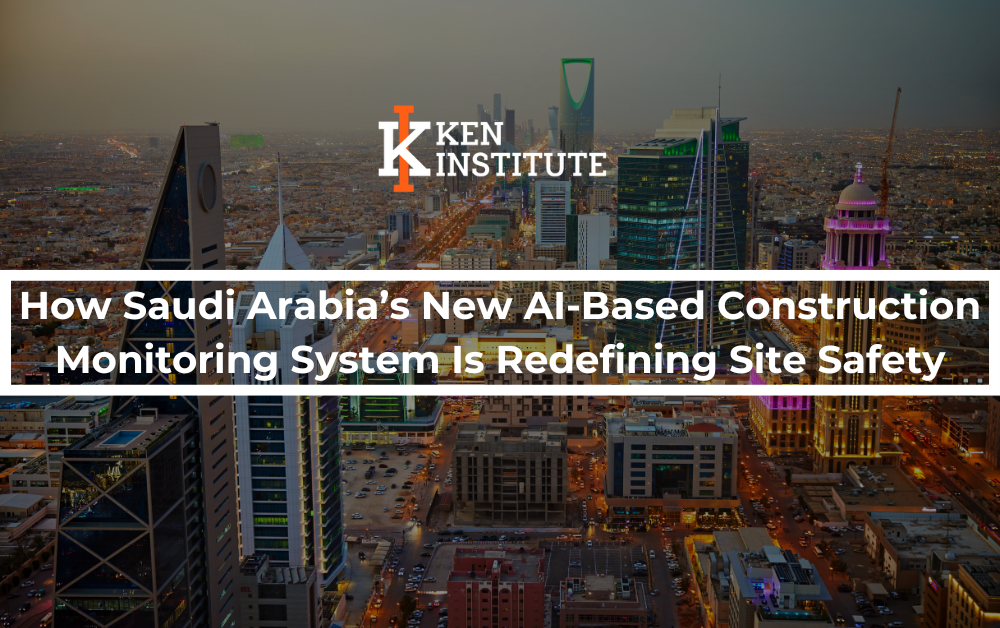The coronavirus infection that first occurred in Wuhan, China, and had a wide impact on the world in a short time, was declared a “COVID-19 pandemic” (an epidemic that made people panic) by the World Health Organization on March 11, 2020. The world of Occupational Health and Safety is profoundly affected by the pandemic. In most of countries, the effects of the virus are being minimized through measures such as isolations, school closures, travel prohibitions, quarantines, work-from-home practices, and lockdowns for citizens.
The COVID-19 pandemic gave rise to health disasters as well as the slowdown of workplace activities throughout the world led to global economic deprivation. Widespread workplace closures due to the lockdown have resulted in a significant loss of labor income through higher levels of inactivity and unemployment.
This unforeseen “Covid- 19 pandemic” caused both positive and negative effects, on both morbidity and fatality. Many of them have emerged during the period of the rapid spread of the virus and strict isolation measures whereas negative impacts are much more and last longing than positive ones.
Devastating Impact Of Covid-19 Pandemic On OHS
-
Job Security
The COVID-19 pandemic has led to a health crisis as well as a lagging down of industrial practices. Continuous shutdowns during the lockdown period, workplaces have been forced to cut down their disbursement, and workers in industries are at a greater risk of laying off their jobs. The fear of losing their jobs, pay cuts, and reduced benefits made many workers worry for their future. Job insecurity, economic loss, and unemployment have a severe impact on mental health especially on the health of vulnerable, disadvantaged groups, lowest-paid employees, migrant workers, and those working in the informal economy.
The “COVID-19 pandemic” crisis, lockdown, and economic recessions might intensify existing health issues. Lower socioeconomic workers have less access to protective equipment, fewer options to work from home, and a higher risk of losing their jobs.
The impact across the global economy has been profound. The resulting economic recession has dramatically increased the global rate of unemployment. Many businesses have closed as a result of lockdowns and there is the possibility that they may not reopen. Many organizations have to change work practices according to the new requirements to protect workers, clients, and customers from contagion.
-
Workplace Environment And Equipment
During the “COVID-19 pandemic”, emergency response workers have to work under pressure, for longer hours and incessant shifts, with intense workloads and reduced rest periods. Evidence shows that a heavy workload is related to increased absenteeism. Other workers, such as those involved in the production of essentials, delivery and transportation, security, and safety also have to face similar situations.
In contrast, other groups of workers, including g those working from home, experience either work overload or underload.
A lousy psychosocial working environment has a considerable impact on workplace productivity, increased absenteeism or presenteeism, lower job engagement, and reduced jobs. The combination of stress and fatigue reduces the efficiency of work and increases the possibility of human error, risk of work injuries, and accidents.
The elongated use of heavy PPE for prevention from contagion creates fatigue, exhaustion, and dehydration through increased sweating, and causes claustrophobia. In addition, sometimes PPE causes physical and psychological distance between co-workers and patients, creating feelings of isolation.
-
Management
The definition of a work accident was reinterpreted broadly in the context of infection /contagion.
“Since the Coronavirus, which is described as a pandemic disease, can be transmitted to the worker due to the work being carried out by the employer, as well as the possibility of being transmitted in another environment. If it is identified that the employee is infected due to the work carried out by the employer, the incident can be evaluated within the scope of the work accident and the employer can be held responsible.”
The main responsibility of the management is to keep a balance between production, profit, and safety at workplace as well as to keep employees motivated and free from the stressful environment due to the pandemic.
During the pandemic, employers are facing difficult challenges on multiple fronts at once: to self, family, workers, customers, suppliers and business partners, governmental and financial systems.
The lack of a workforce has increased the workload on available workers along with the fear of insecurity due to the pandemic. Under these circumstances everything is under perpetual threat: the spread of the contagion, the rules and regulations, the market challenges, the temporary changes to labor law, and the changed OSH recommendations. Employers and managers find themselves under strong pressure and stress. At the same time, they have to play a critical role in protecting their workers from the stress and psychological pressure generated by the pandemic.
Communication, Information, And Training
The comprehensive media coverage of the “COVID-19 epidemic” is requisite to promote precautionary measures, but it also influences the psychological response to the disease threat, worries, and anxiety.
A lot of fake news misguiding information, and prejudices about the COVID-19 crisis are noxious to workers’ mental health and well-being. Fake news leads to confusion over the following of adequate preventive measures and encourage people to behave that may endanger their health.
-
Work-Life Balance
During the pandemic, people working from home may also face many risks related to the home setting, which often does not meet the same OSH standards as those recommended for official worksites. They may face ergonomic risks as the workstation, the desk, chair and other accessories, may not be of an equal quality to that in the office
Inappropriate equipment and settings lead to increased mental disorders such as agitation and stress while working. Musculoskeletal disorders, burnout, and coronary heart disease due to the wrong ergonomic setup lead to anxiety and low passivity.
While working from home, monotonous work under load, and under-stimulating also increase work-related stress and have negative effects on health and on job satisfaction.
On the other hand, during the “COVID-19 pandemic”, many workers are not only burdened with high work demands but also have to adjust their family life and look after their dependents.
-
Health Problems Related To Work
If not appropriately assessed and managed, increased stress and anxiety lead to physical and mental/psychological health issues.
Psychological problems: low spirit, down morale, exhaustion, anxiety, depression, burnout, and suicidal tendencies.
There are changes in behaviors, ability to relax, or level of irritability. Such changes result in increased use of tobacco, alcohol, and drugs as a way of coping.
Also, a range of physical reactions occurs, such as digestive problems, changes to appetite and weight, dermatological reactions, fatigue, cardio-vascular disease, musculoskeletal disorders, headaches or other unexplained aches and pains.
-
Violence And Harassment
Violence and harassment have consequences on both physical and mental health and temperament. Increased stress level leads to frustration and anger, and thus violence and harassment at work. Both physical and psychological Violence and harassment rise during the infection outbreaks with an increase in social stigma and discrimination.
The increased mortality rate associated with uncertainty about symptoms, the unavailability of screening and tests, and the absence of vaccines and treatments, lead to acts of violence and harassment against staff at the workplace, healthcare professionals, and others who directly care for patients and their families.
Cyberbullying also increases with the large number of people, working from home and using information and communication technologies. As distancing and confinement increase the stress level, the risk of domestic violence is eventually increases.
-
Social Support
Social support is a very important factor in dealing with stress, reducing the noxious effects of the pandemic on health outcomes and also on job satisfaction. Sources of social support are colleagues, coworkers, supervisors, managers, family members, and friends.
Social support includes practical help and cooperation, encouragement, appreciation, comfort, emotional support, providing information to help in problem-solving, advice and so on.
The measures such as lockdown, physical distancing, and working from home adopted to fight the “COVID-19 pandemic” are making social interaction more difficult. Feeling isolated and lonely is being a risk for all workers, especially when it is for a prolonged period.
Healthcare and emergency workers may have to choose to isolate themselves from loved ones to protect them from the risk of infection. Watching patients whom they have lovingly treated die in large numbers is an additional psychosocial risk factor that will need specific support from health workers.
-
Recommendations For Safe Working Practice
Conclusion
Now that many countries are implementing ‘exit strategies’ from the containment measures, however, there is a second wave of potential health consequences threatening us. According to economists, a long-lasting worldwide economic recession is to be expected.
We can mitigate negative consequences. International collaboration will be necessary to support low-income and lower-middle-income countries in which a large proportion of the citizens are poor and unemployed and for which the impact will be bigger. OHS institutes and agencies should advocate supportive measures and develop guidelines for effective prevention, provide data, concrete plans, and solutions for stakeholders and policymakers, using their expertise on how to create healthy, fulfilling, and attractive jobs.
Be ready to fight a biological war against Covid -19
Be supportive
Be careful
Be alert
Be kind
join us at info@keninstitute.com or
visit our website www.keneducation.in or
call on +917569034271
Let’s connect on Facebook, YouTube, Linkedin, and Instagram.
Tag:Health & Safety Health & Safety Training


